There’s nothing more beautiful than seeing your wee one sleeping peacefully. But to ensure they’re super safe while they’re snoozing, it’s important to follow this key advice. Sudden Infant Death Syndrome (SIDS) or cot death is rare, but it does happen, which is why it’s best to do everything you can to reduce the chances of it happening.
Important things to remember about safer sleep
The most important things to remember are:
- Always put your baby on their back for every sleep in a clear, flat, separate sleep space with their feet at the bottom of their cot.
- Always keep your baby's environment smoke free, day and night.
- Babies need a sober carer to respond to their needs.
The FAQs below explain this in more detail, but if you have any queries or concerns don’t hesitate to get in touch with your midwife or health visitor. They’re there to help.
Common safer sleeping questions
Where should my baby sleep?
The best place for your baby to sleep is in a clear, flat, separate sleep space, right beside your bed at night, and in the same room as you during the day.
It’s also very important that any rooms where your baby sleeps are kept smoke-free at all times.
A dark and quiet room at night, and a lighter room with normal sound levels during the day, will help them get into a routine of sleeping.
Why is it important for my baby to sleep in the same room as me?
Babies should always be in the same room as you for the first six months for sleep, day and night. This doesn’t mean you can’t leave the room to make a cup of tea or go to the toilet, but for most of the time when they’re sleeping they are safest if you’re close by. That way you’ll be able to hear them and respond to their needs before they start crying or become distressed, and they’ll be close enough for you to comfort them.
Research shows that the chance of SIDS is lower when babies sleep in a room with an adult than when they sleep alone.
Why is it so important to keep my baby’s air smoke-free?
Babies who are exposed to tobacco smoke before or after birth have a much greater chance of SIDS than babies who are kept smoke-free. We know it’s hard, but there is lots of help and support available to help you or your partner quit smoking. To find out more and get started, visit Quit Your Way or call the quit smoking helpline on 0800 84 84 84 to speak to trained advisors who will be able to offer you support and advice.
Why is it important for my baby to have a sober carer to respond to their needs?
Babies need a sober carer to be able to respond to their needs. Sometimes alcohol and drugs like cannabis and even some medicines make this harder for carers to do. Planning ahead to have another adult like a close family member or a partner around to take care of the baby can be a good idea for those times.
It’s also really important to plan for babies to sleep in their own safe, clear, flat, separate sleep space such as a cot or Moses basket if their carer has had any alcohol or drugs, or if they smoke.
What should my baby sleep in?
Some safe places for your baby to sleep in are:
- Cot
- Co-sleeper cot – with a co-sleeper cot, your baby is close enough to keep an eye on and in their own safe place.
- Moses basket.
- Baby Box – Scotland’s Baby Box is a safe and comfortable place for your baby to sleep.
Place your Moses basket or Baby Box on the floor, or the inside of the cot, so that there’s no risk of it falling or toppling over. Your little one can sleep in their Moses basket or Baby Box until they’re big enough to roll themselves over, or pull themselves up without your help. If you need to pick up or move the Baby Box, take your wee one out first.
What’s the best position for my baby to sleep in?
You should always put your baby to sleep lying flat on their back, not on their front or side, with their feet at the bottom of the cot. Once they start to roll from front to back by themselves, you can leave them to find their own sleep position. Tummy time can help strengthen the muscles they need to roll over.
Place the baby at the bottom of the Baby Box or cot so that they can’t wriggle under their covers. Make sure the blankets are tucked under their arms and securely tucked in under the mattress, so there’s nothing for your baby to get tangled in.
This video shows you how you can keep your baby safe when they're in the Baby Box.
Can I put toys in my baby's cot?
No. Make sure there’s nothing else in the cot or Baby Box, like soft toys, pillows, duvets, cot bumpers or sleep positioners and make sure there is nothing within reach of the space such as blind cords, soft toys or nappy sacks. This is because soft or raised surfaces, pillows or quilts can increase the chance of SIDS by making it difficult for babies to breathe or cool down.
Can I use pillows or cot bumpers?
No. Soft or raised surfaces, pillows, cushions, cot bumpers or quilts in your baby’s sleeping space can increase the chance of SIDS by making it difficult for babies to breathe or cool down. Soft, squishy materials can cover a baby’s mouth and nose if they’re pressed against it and could cause the baby to suffocate. If a baby is sleeping on a soft surface that their head can sink into, heat can’t escape and they can get too hot.
Even if products are labelled as ‘baby sleep’ pillows or cushions you shouldn’t use them. All your wee one needs in their cot is a mattress and mattress protector and a blanket.
What if my baby falls asleep somewhere else?
Babies have a knack of falling asleep wherever they happen to be – whether it’s the play mat, car seat or even their bouncy chair. We know it can be tempting to leave them to snooze in peace, but for their safety it’s best to gently move them to the security of their cot, Moses basket or Baby Box. They’ll soon happily doze off again. The safest thing for your baby when they’re sleeping is lying flat on their back, in a clear, flat, separate sleep space.
What temperature should the room be where my baby sleeps?
Around 18 degrees C is a good guide for keeping your baby comfortable. The bath and room thermometer in your Baby Box will help you to monitor this. Keeping an eye on your baby’s temperature and the temperature of their room is another way to reduce the risk of cot death.
What should my baby wear and should I use blankets?
If your baby just wears a vest and a sleep suit, it’s a lot easier for you to regulate their temperature with blankets. For your baby’s safety, it’s best that they are just covered with a cellular/light blanket. You can just use a sheet if it’s warm enough in the room.
There’s no need to put anything on your baby’s head. And during summer, they probably won’t need a vest unless it’s chilly.
What can I do if my baby keeps kicking off their blanket?
Some babies are wee wrigglers – and as they get a bit older and start kicking, they can pedal away with their legs or arms until they’re free from their blanket. One solution is a baby sleep bag, which is specially designed for wriggly little bodies.
Using a sleep bag rather than a light cover helps to prevent your baby getting their head covered with blankets and sheets during sleep. All you need to do is make sure it fits safely around your baby’s neck and shoulders, so that their head cannot slip down inside the bag. Choose a sleeveless sleep bag, without a hood. Once your baby is in their vest and all-in-one babysuit, no other blankets will be needed.
Make sure the sleep bag is both the right size for your baby and the right thickness for the time of year to avoid chills, or overheating. Remember, overheating can increase your baby's risk of cot death. It’s always a good idea to speak to your midwife or health visitor about using a sleep bag safely. Remember to remove the sleep bag if you bring your baby into bed.
Can breastfeeding help reduce the risk of cot death?
Breastfeeding your baby also reduces their risk of SIDS. Research has shown that SIDS risk is halved in babies who are breastfed for at least 2 months. Our breastfeeding section has everything you need to know to get started and carry on with breastfeeding.
Why is it dangerous to sleep with my baby on the sofa or a chair?
Sometimes people fall asleep with their babies without meaning to. This can be very dangerous, especially if it happens on a couch, sofa or armchair, or after consuming alcohol or drugs.
Sofas and armchairs are often covered in cushions and even blankets. The danger in this kind of sleeping environment is that your baby can get wedged between cushions and the sofa arms and might not be able to breathe. There is also an increased risk as babies are more likely to be sleeping on their tummy, on their parent’s chest.
The safest way for your wee one to sleep is on their back, in a clear, flat, separate sleep space which is close to you at all times during the day and night. For night time this might be a cot, Baby Box, or Moses basket by the side of your bed.
We know that having a new baby is exhausting, and you may feel you can’t sit down for two minutes without falling asleep! So any time you think you might fall asleep with your wee one, make sure they’re on their back in a clear, flat, separate sleep space. If you’re breastfeeding whilst lying down, make sure your baby can’t roll onto their front. Try and keep your baby on their back, or move them onto their back once they’ve been fed.
What if I have twins?
If you have twins, they can each get their own Baby Box. It’s important that babies don’t sleep together in one Baby Box, however, twins can sleep together in a cot. Our page on safer sleep for twins has more advice.
What do I need to know about safe sleep in my Baby Box?
The Baby Box is a safe and comfortable place for your baby to sleep. Here are a few important points to help you:
- Place the Baby Box on the floor, or the inside of the cot, so that there’s no danger of the box falling from a height.
- Place the Baby Box securely inside the lid.
- Keep the box dry and wipe any moisture off as soon as you see it.
- If the box looks in any way damaged, don't place your baby to sleep in it.
- Keep the box away from direct heat sources, and if there is underfloor heating, make sure it does not sit on top of a hot spot on the floor.
- Never place the box on a raised surface, such as a table or sofa, when your baby is in it.
- Always keep the box flat, and don’t place anything underneath it to tilt it. Make sure it’s stable at all times.
- Your Baby Box comes with its own mattress which fits perfectly. Just remember to only use the mattress provided.
- The Baby Box also provides you with a transportable bed if you’re visiting friends or relatives. (Just make sure to take you baby out before moving the box!)
- Always place your baby on their back to sleep, with their feet at the bottom of the box.
- Tuck the covers securely under your baby’s arms and under the mattress so the blankets don’t slip over their head. A folded blanket is the same as two blankets.
- Make sure there is nothing else in the box such as soft toys, nappy sacks, pillows, duvets or cot bumpers.
- Keep your baby smoke-free by not smoking near them, or allowing them to be in a room where other people are smoking or have smoked.
- Your baby can sleep in the Baby Box until they are big enough to roll themselves over or pull themselves up.
For more information visit the Baby Box page.
More information
Our page on safer sleep has further information. You can also download the Scottish Government and NHS Safer Sleep resources 2024 on safer sleep in English here.
Translations in the following languages can be found here:
- Arabic
- Bengali
- Bulgarian
- Cantonese
- Gaelic
- Mandarin
- Polish
- Punjabi
- Romanian
- Russian
- Slovakian
- Ukrainian
- Urdu
- Farsi
- Hindi
- Hungarian
- Latvian
- Lithuanian
You can also download a quick reference card here.
For more information on how to make sure your baby is sleeping safely, visit:
You can also speak to your midwife or health visitor.
 Activities & Play
Activities & Play Behaviour
Behaviour Childcare
Childcare Development & Growing Up
Development & Growing Up Family, Friends & Relationships
Family, Friends & Relationships Feeding Your Baby
Feeding Your Baby Food & Eating
Food & Eating Health & Safety
Health & Safety Mental Health & Wellbeing
Mental Health & Wellbeing Money & Work
Money & Work Online Behaviour & Safety
Online Behaviour & Safety Pregnancy & First Days
Pregnancy & First Days School & Education
School & Education Sleep
Sleep

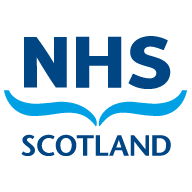
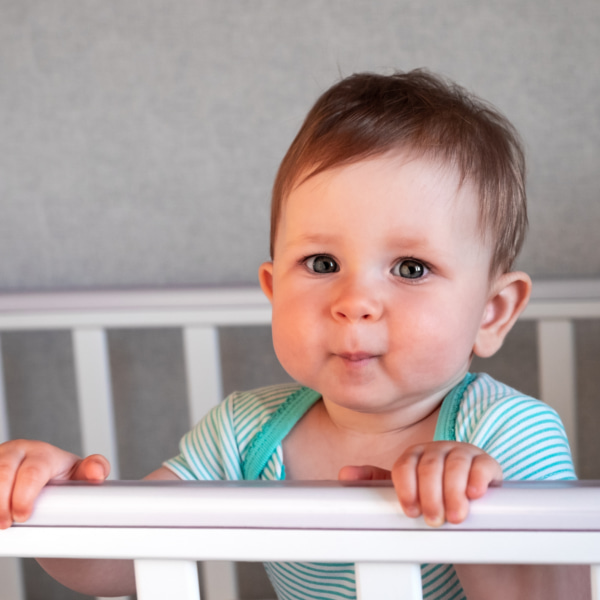
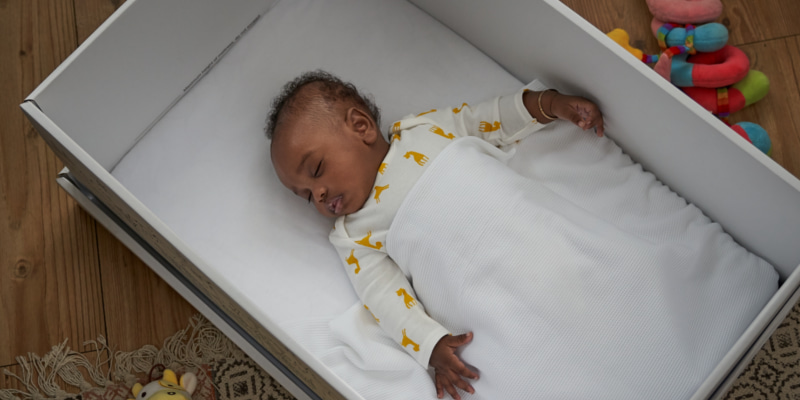
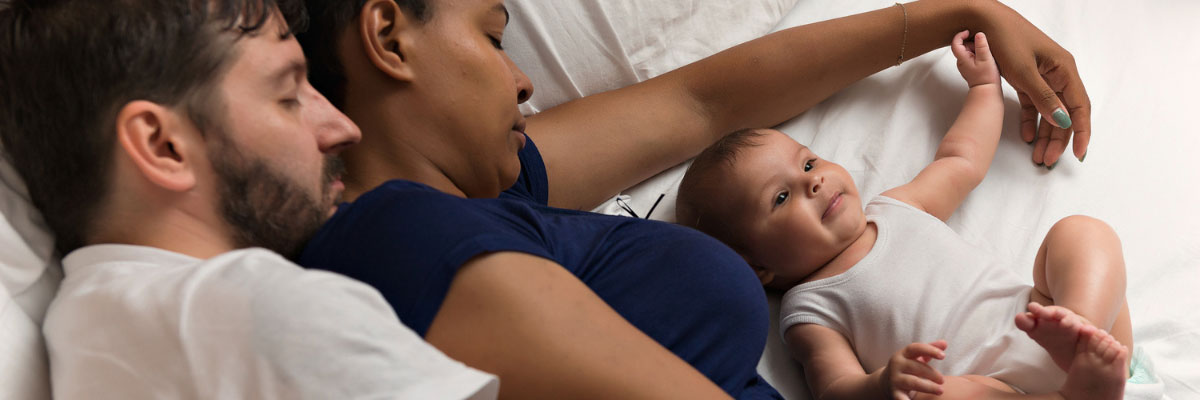
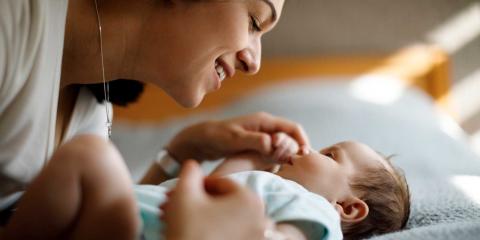
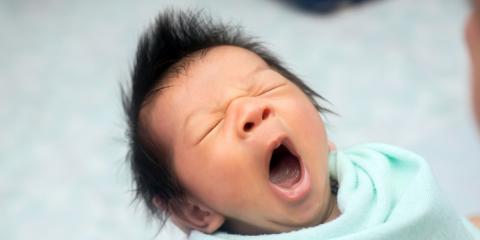
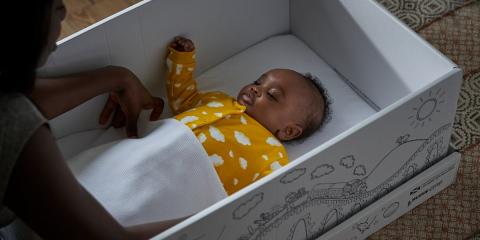
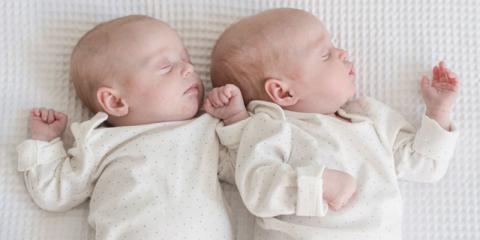
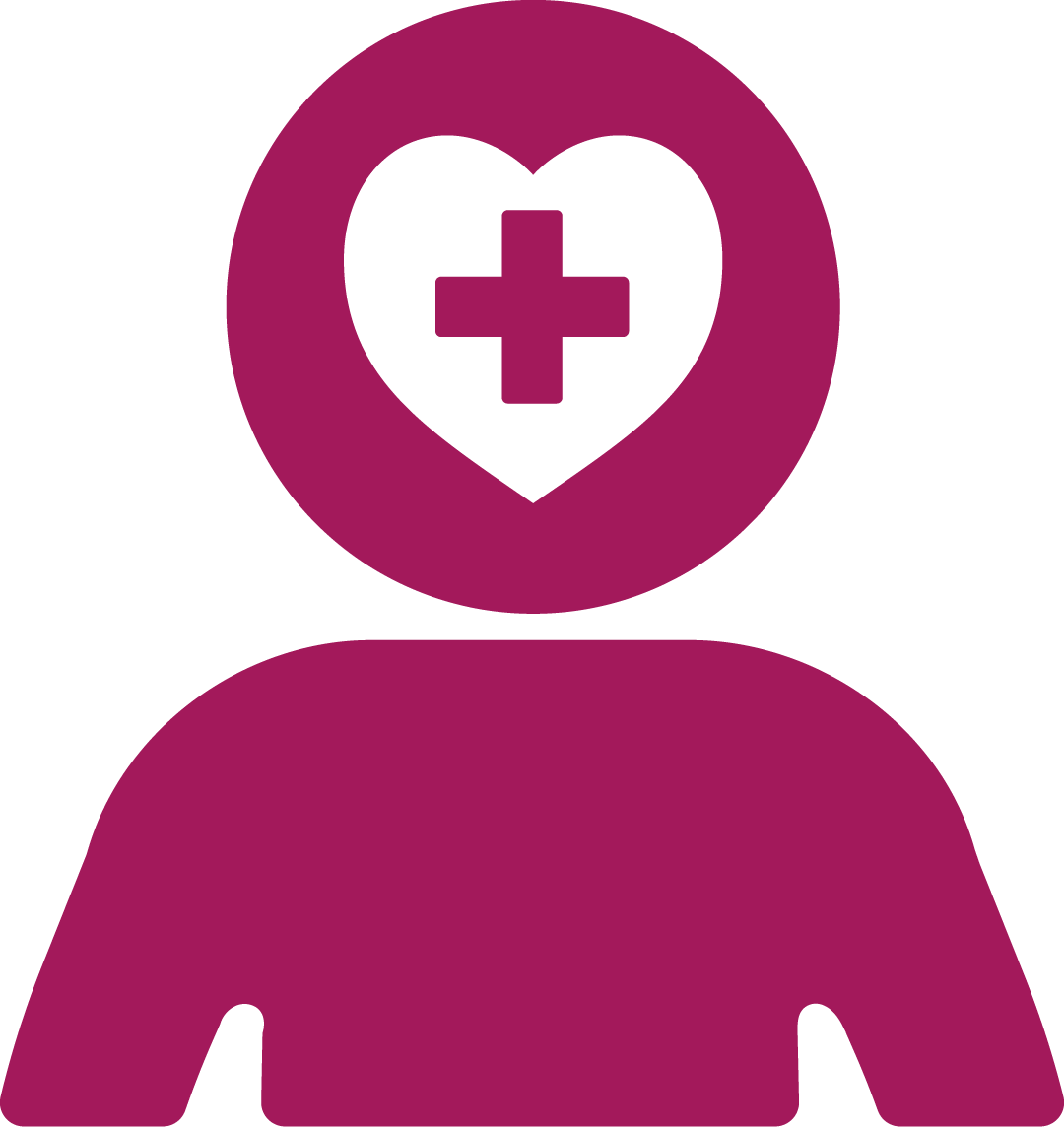 Mental Health & Wellbeing
Mental Health & Wellbeing
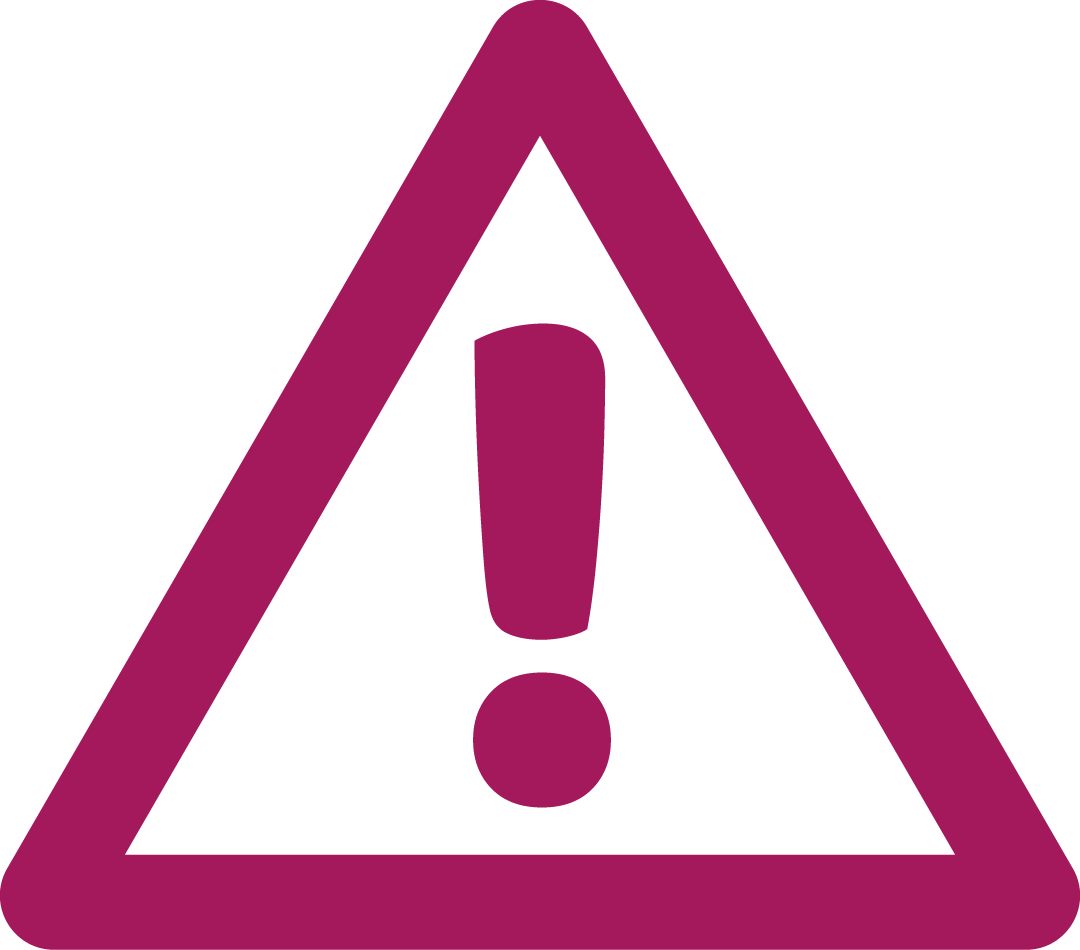 Health & Safety
Health & Safety